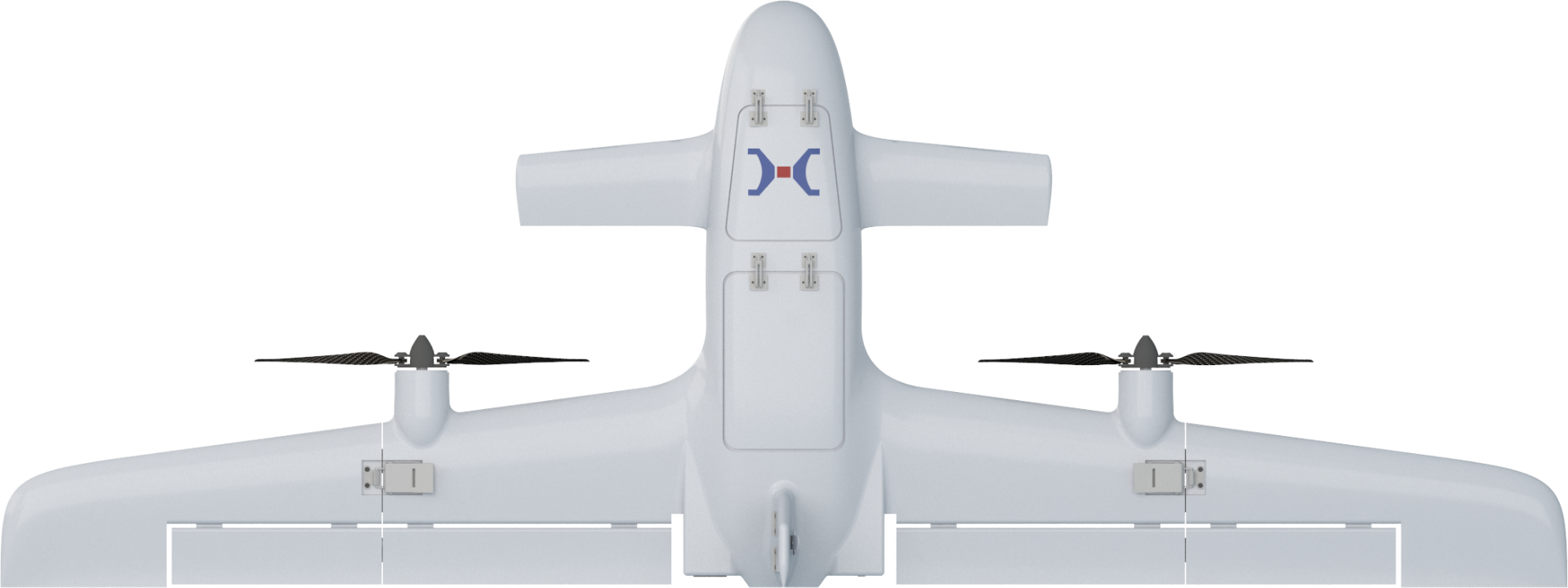


Technical Comparison | BrainyBEE UAVs | Other UAVs in the Industry |
Operation Mode | Capable of vertical takeoff and landing up to several hundred meters, adapting to complex operational environments. | Limited Takeoff Flexibility – Requires transitioning to level flight at 20-30m altitude, needing open space for takeoff and landing. |
Emergency Response | Rapid deployment—ready for takeoff with wing expansion. | Cumbersome Assembly – Deployment takes 20-30 minutes due to complex setup. |
Routine Inspection | Strong Wind Resistance – Capable of takeoff and landing in winds above Level 6. Lightweight Design – 20% lighter with a non-redundant power system. Extended Endurance – 100% increase in flight time. Greater Range – 150% improvement in flight distance. Higher Efficiency – Doubles operational efficiency. | Weak Wind Resistance – Prone to tipping over during takeoff and landing in strong winds. Complex Mechanics – Difficult maintenance, redundant power systems, high safety risks, and short endurance. |
Routine Inspection | Supports precision load drop via dive maneuver. | Cannot achieve precision load drop. |